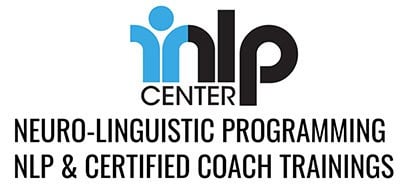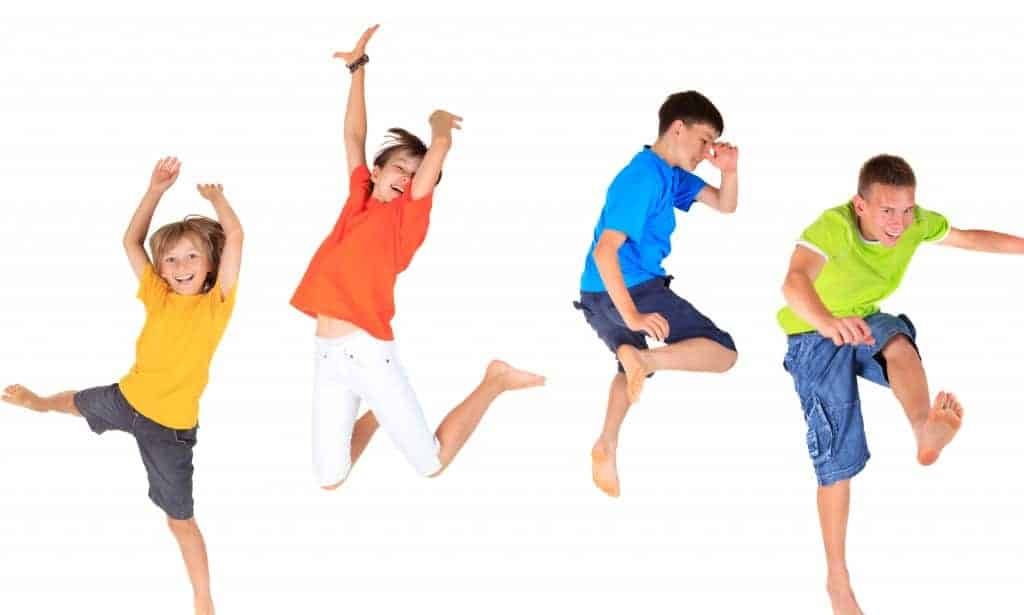I remember sitting in church as a child, bored to tears. And, for the life of me, I couldn’t sit still.
If the church and my mother had only understood that I needed to squirm to learn, a lot more of that wholesome doctrine might have sunk in.
Instead, my energy was consumed with the battle between my wiggly legs and my mother’s stern attempts to squash the shenanigans.
There’s got to be a better way, doesn’t there?
Do your kids squirm? Here’s why it’s important to allow it:
New evidence suggests that for kids commonly considered ADHD, squirming is learning.
In a recent study at the Children’s Learning Clinic at the University of Central Florida suggests that typical interventions for dealing with hyperactivity are exactly wrong.
Most of us, like my mother, attempt to stop a squirmy child from moving around so much, so he can focus. It turns out that squirming is the very thing that helps him concentrate.
According to lead researcher Mark Rapport, “We do exactly the opposite of what we should be doing for a majority of children with ADHD. The message isn’t ‘Let them run around the room,’ but you need to be able to facilitate their movement so they can maintain the level of alertness necessary for cognitive activities.”
UCF Today reports:
The foot-tapping, leg-swinging and chair-scooting movements of children with attention-deficit/hyperactivity disorder are actually vital to how they remember information and work out complex cognitive tasks, according to a study published in an early online release of the Journal of Abnormal Child Psychology.
If this isn’t a classic NLP intervention, I don’t know what is! In NLP we understand that many of us need to process information, kinesthetically, through movement and feeling. And these are typically the people who get left behind by the education system.
The children in the above study, many of whom were diagnosed with ADHD, were tasked with sorting out letters and numbers. Researchers discovered that the kids with ADHD performed better when allowed to move around.
For some kids, moving = alertness.
“What we’ve found is that when they’re moving the most, the majority of them perform better. They have to move to maintain alertness,” said Rapport. On the contrary, kids without the diagnosis did better by sitting still and focusing in the conventional way.
Do you have an unconventional kid?
Great. Now, learn to communicate in the way he or she understands. For example:
Some kids learn visually, through pictures and imagery.
Some prefer sound – hearing lectures, etc..
Some need a hands on approach – kinesthetic.Some children are motivated toward what they want.
Some are motivated away from what they don’t want.Some kids are naturally introverted.
Others are outgoing extroverts.Some kids need very specific instructions and a tight structure.
Other kids need more vague instructions and room to be creative.Some kids are motivated to please others.
Some kids are more independent and willful.Some kids need to squirm to learn!
No child is wrong due to any of the above. We parents just need greater awareness, flexibility and better communication skills so that we can accommodate our children’s learning styles.
And this is what NLP training is all about. This is why we’re here.
Research source for this article:


